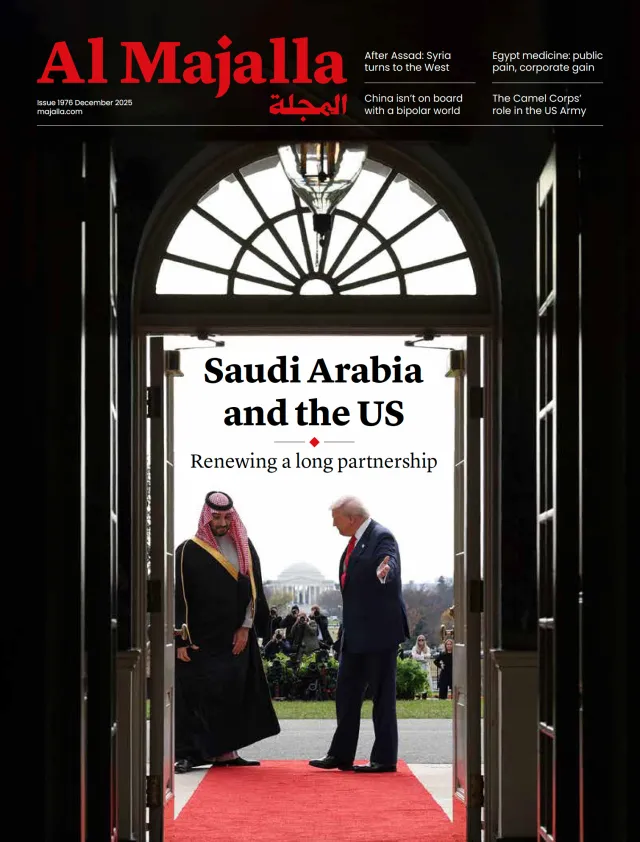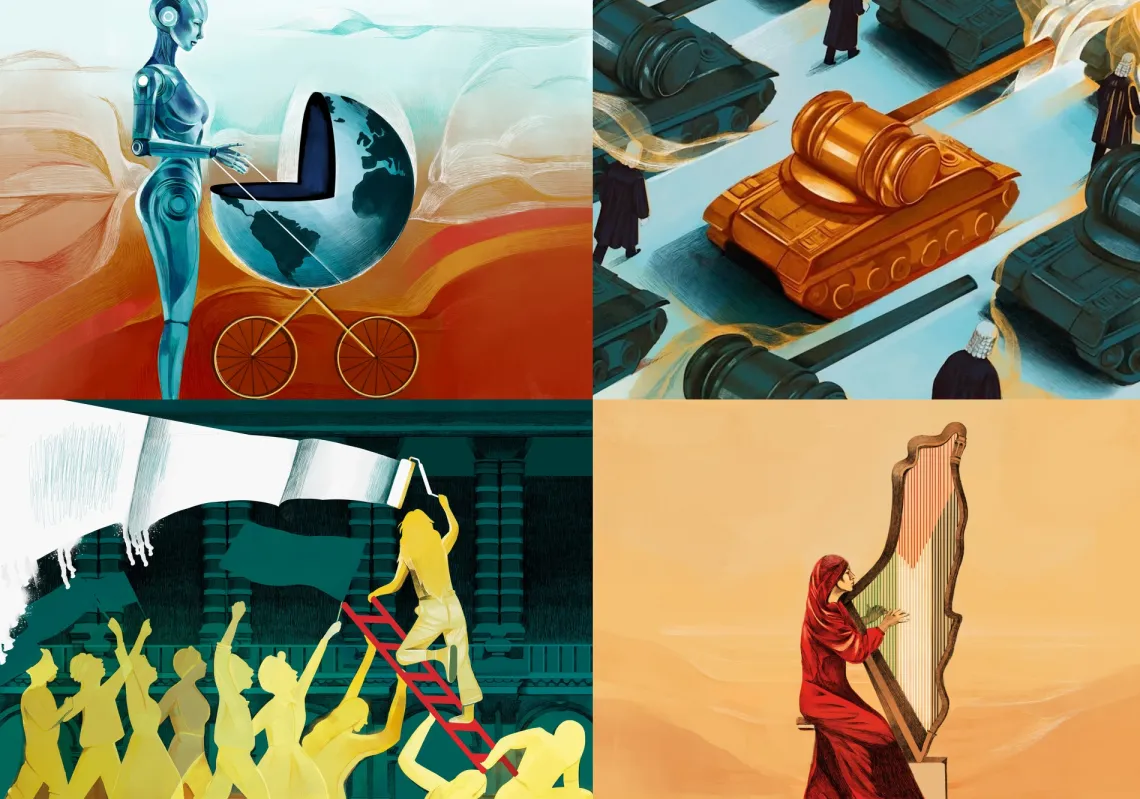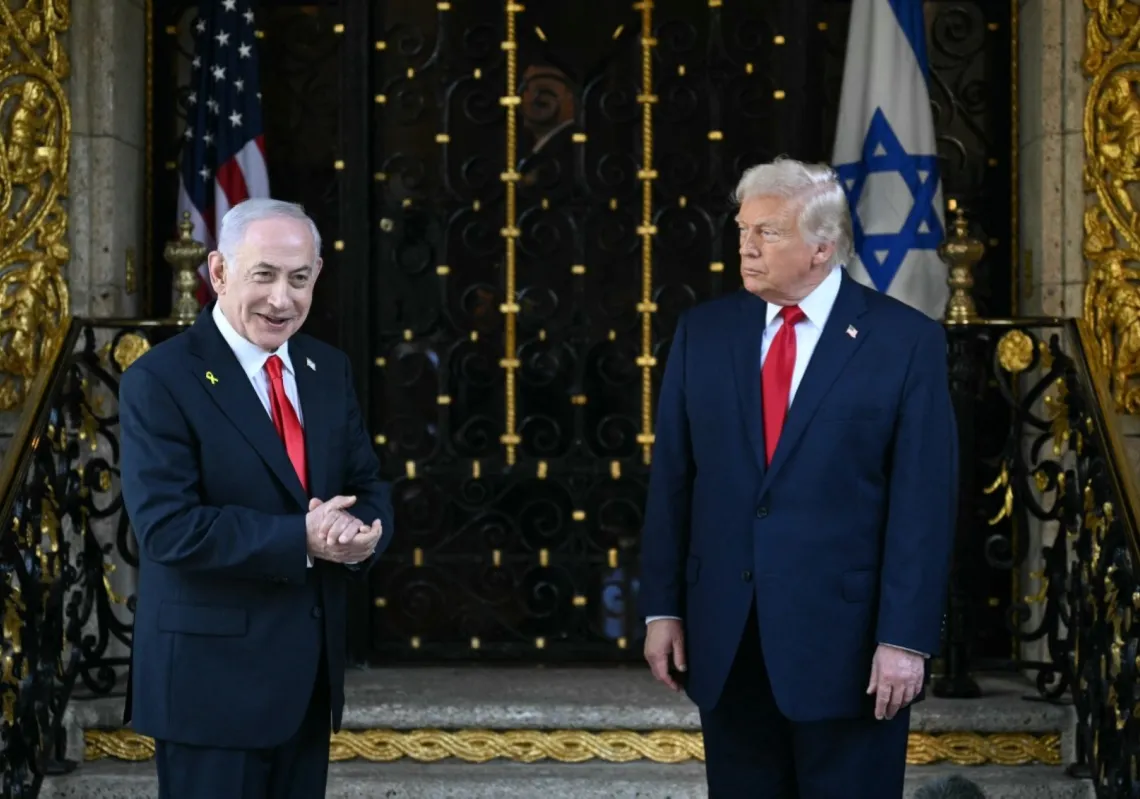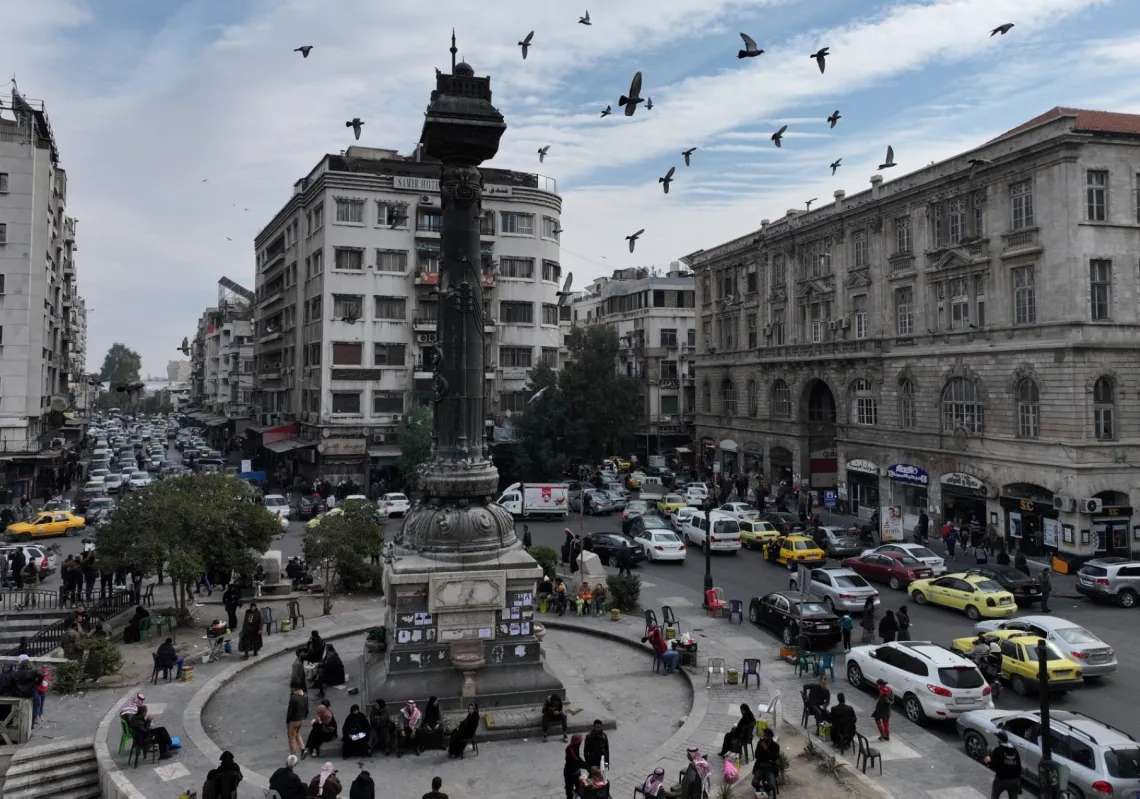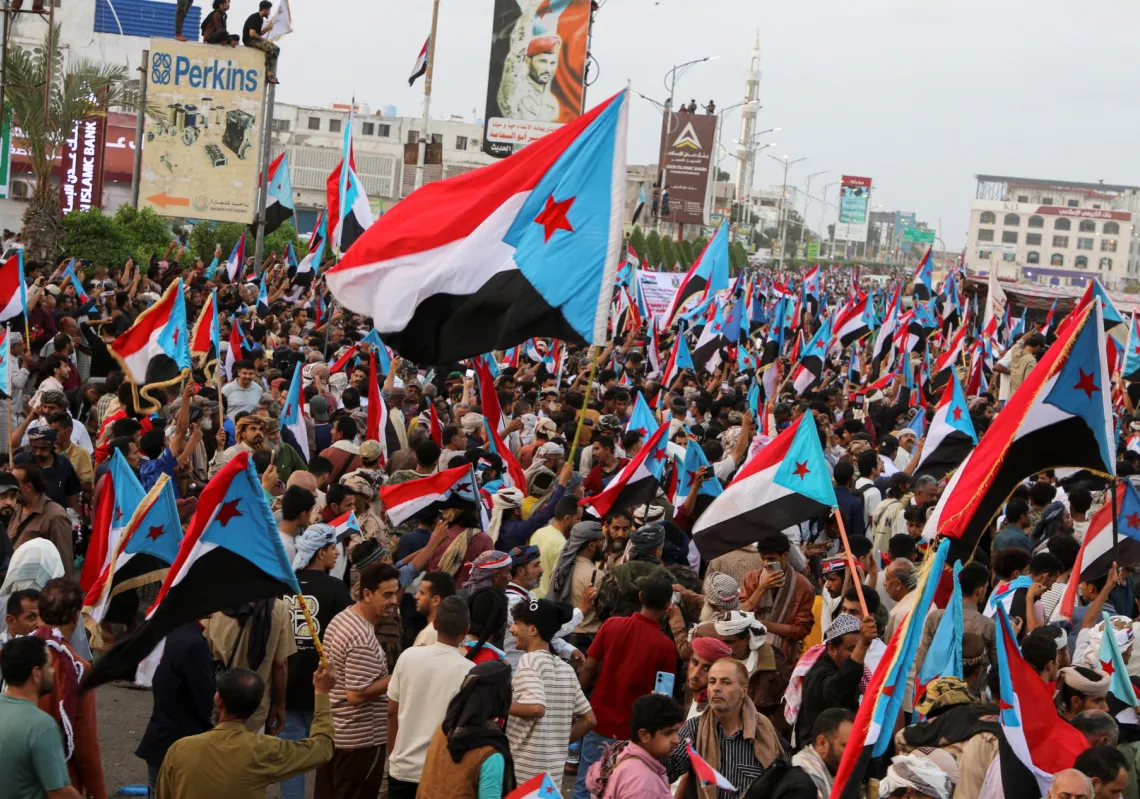According to the UN, an estimated 69% of the enclave's buildings have been damaged or destroyed, including over 245,000 homes. Amnesty International's analysis of satellite imagery and its verification of video footage has exposed Israel's deliberate destruction of life-sustaining infrastructure, including some of Gaza's most fertile agricultural land.
In June, the London-headquartered NGO documented the complete razing of what remained of the town of Khuza'a in southern Gaza. That destruction took place over two weeks in May, carried out as part of "a calculated plan to impose on Palestinians in Gaza conditions of life designed to bring about their physical destruction, in whole or in part."
Contemplating reconstruction
Rebuilding Gaza will require tens of billions of dollars. An assessment by the World Bank suggests reconstruction will call for a minimum of $53bn, with physical damage alone estimated at $30bn. Even under optimal conditions, full reconstruction will take at least a decade. Under less favourable scenarios, recovery could take generations.
Golzari and Sharif, who are both partners at Golzari-NG Architects and lecturers at the University of Westminster, are adamant that any plan for reconstruction must come from Gazans themselves. "It was very important that we do not produce a master plan because that was not our purpose," says Golzari. "Any form of representation has to come from Gaza." Sharif agrees, arguing that international reconstruction plans adopt a one-size-fits-all approach and overlook both the people of Gaza and the richness of its spatial fabric.

"The discussion from an architectural point of view is, what type of reconstruction should take place," says Sharif. "Are these master plans being put forward by outsiders the right master plans? No, they are not. So the discussions are more architectural and spatial – they're asking: what is home? How do you bring ruins back to life? That's what the pavilion is exploring. It's about temporality, and the idea of the skin as something permeable. This skin isn't just a barrier, it's a container for something to grow within it: the Gazan home. It's intended to exist temporarily, then be dismantled. And it's suggesting moments of hope.
"Home must be built by Gazans. But home in Gaza today is not what it once was. The relationship between the street and the walls has been blurred by destruction. We can't understand home in the conventional sense anymore – it's no longer just a cushion, a pillow, a sofa. Home in Gaza has taken on a very different meaning. These are the kinds of questions we're engaging with, from an architectural perspective."
Genocide and urbicide
When the ceasefire came into effect in January, Architects for Gaza prepared to enter the strip with its mobile clinic. Then the ceasefire collapsed. Now it is a matter of waiting. If and when the architects are allowed into Gaza, the Travelling Lab will evolve as it moves. An extension to the lab can become a classroom, another a home. As Sharif explains, they are building a matrix of possibilities, suggesting new aesthetics and challenging dominant narratives.
"The aim of the pavilion isn't to create a beautiful object. It's to spark collisions, provoke discussion, and draw attention to a context that is constantly being made invisible," she says. "We're not saying anything controversial. We're saying facts. We're saying figures. We are calling for basic human rights. We're talking about ethnic cleansing, genocide, urbicide. And we're discussing this in very architectural terms.
"It's very important that we cling to the landscape and expose the brutal colonial strategies that are contributing to both ecocide and the spatial erasure of Gaza. This isn't new. We're facing it in the West Bank too, both underground and above ground. Our resources are being exploited. We must say: 'Stop. Enough'. There is no debate."
* The British pavilion was awarded a special mention for best national participation. The Venice Architecture Biennale runs until 23 November 2025.

